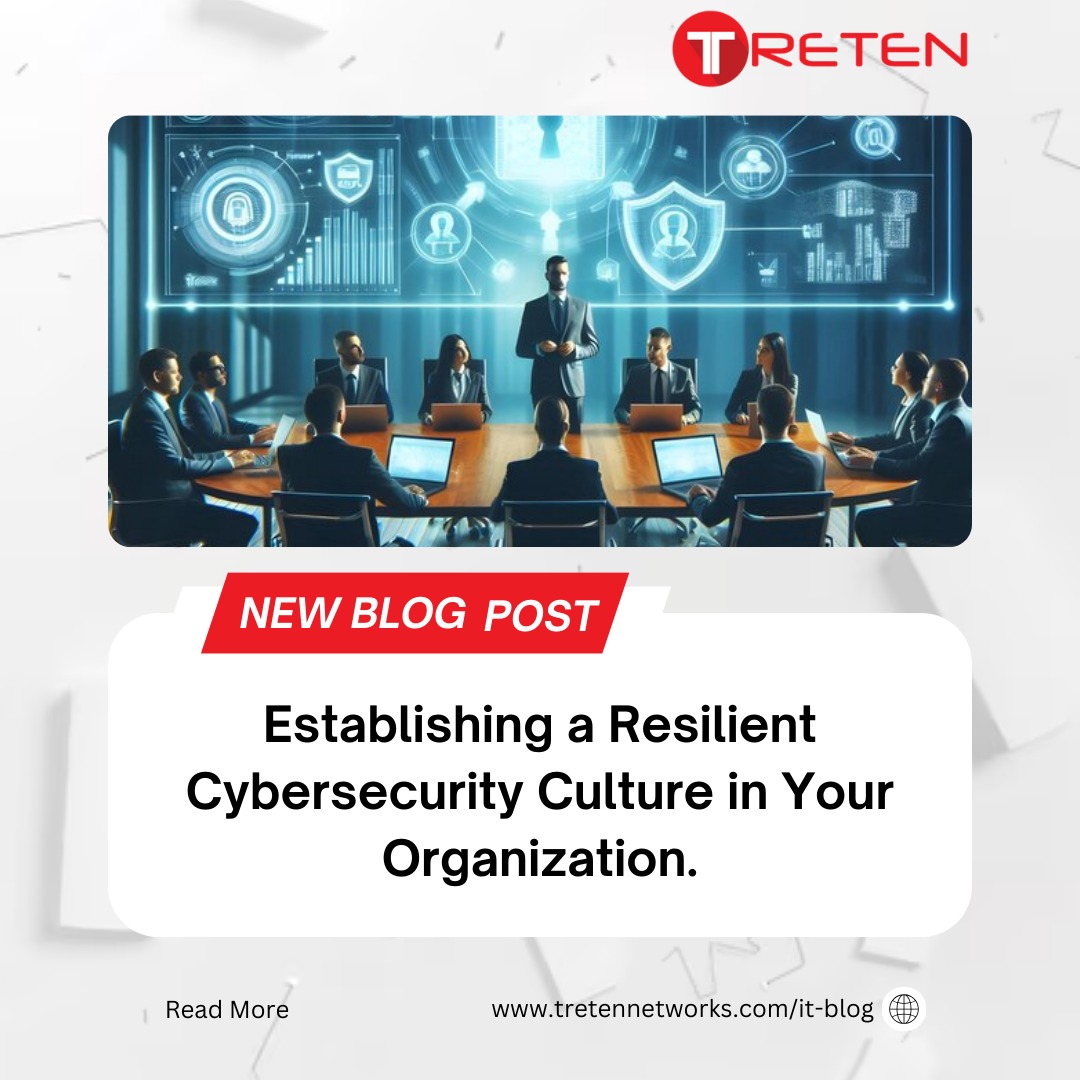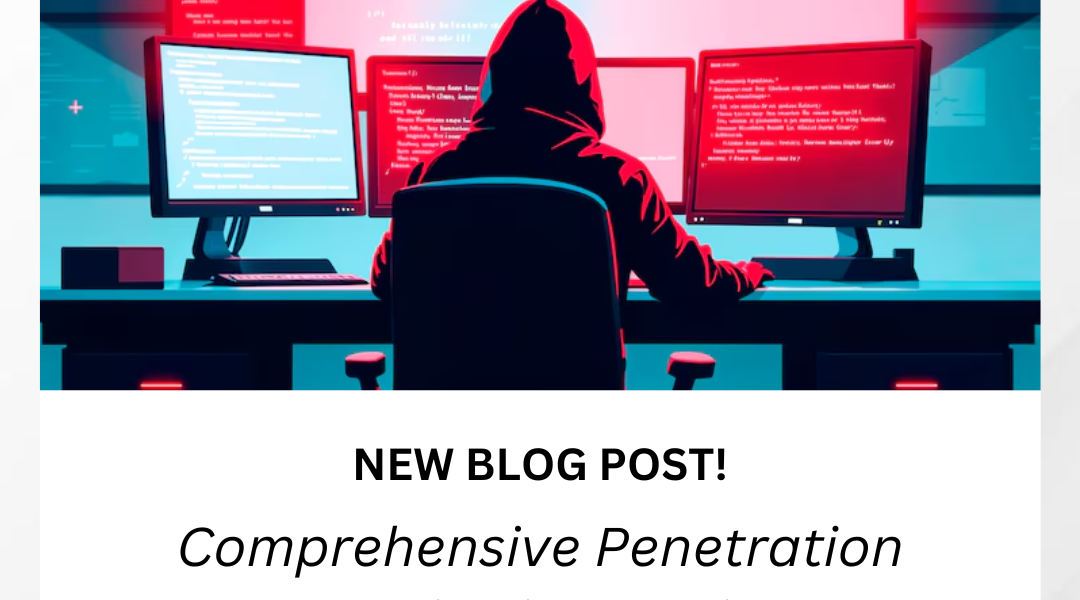Establishing a Resilient Cybersecurity Culture: A Consultant’s Guide
In today’s digital age, cybersecurity has become a paramount concern for organizations of all sizes. A robust cybersecurity culture is not merely about implementing technical measures; it’s about fostering a mindset where security is a shared responsibility across the entire organization. As a consultant, here’s a guide to help you establish a resilient cybersecurity culture:
1. Executive Buy-In and Leadership Commitment:
- Strategic Alignment: Ensure that cybersecurity is a strategic priority aligned with the organization’s overall goals.
- Visible Leadership: Leaders should actively champion cybersecurity initiatives and demonstrate their commitment to protecting organizational assets.
- Investment in Resources: Allocate adequate resources, including budget, personnel, and technology, to support cybersecurity efforts.
2. Awareness and Training:
- Comprehensive Training Programs: Develop and deliver tailored training programs to employees at all levels, covering topics such as phishing, social engineering, secure password practices, and data handling.
- Regular Updates: Keep training materials current to address emerging threats and best practices.
- Phishing Simulations: Conduct simulated phishing attacks to assess employee awareness and identify areas for improvement.
3. Risk Assessment and Management:
- Identify Vulnerabilities: Conduct regular risk assessments to identify potential threats and vulnerabilities.
- Prioritize Risks: Analyze and prioritize risks based on their likelihood and impact.
- Implement Mitigation Measures: Develop and implement effective mitigation strategies to address identified risks.
4. Security Policies and Procedures:
- Clear and Comprehensive Policies: Create clear and concise security policies that define expectations and responsibilities.
- Enforcement: Ensure that policies are consistently enforced and adhered to.
- Regular Reviews: Review and update policies as needed to reflect changes in technology and threat landscape.
5. Access Controls and Privileges:
- Principle of Least Privilege: Grant employees only the minimum access necessary to perform their job duties.
- Regular Reviews: Regularly review and update access privileges to reflect changes in roles and responsibilities.
- Multi-Factor Authentication: Implement multi-factor authentication for critical systems and data.
6. Incident Response Planning:
- Develop a Plan: Create a comprehensive incident response plan outlining steps to be taken in case of a security breach.
- Regular Testing: Conduct regular drills and exercises to test the effectiveness of the incident response plan.
- Post-Incident Review: Conduct a thorough review of security incidents to identify lessons learned and improve future preparedness.
7. Continuous Monitoring and Improvement:
- Security Monitoring: Implement robust security monitoring tools and processes to detect and respond to threats in real-time.
- Regular Reviews: Conduct regular security audits and assessments to identify areas for improvement.
- Adaptive Security: Continuously adapt security measures to address emerging threats and vulnerabilities.
8. Culture of Security:
- Employee Engagement: Encourage employees to report suspicious activity and participate in security initiatives.
- Recognition and Rewards: Recognize and reward employees for their contributions to cybersecurity.
- Security Champions: Identify and empower security champions within the organization to promote a culture of security.
Remember: Establishing a resilient cybersecurity culture is an ongoing process that requires sustained effort and commitment from all levels of the organization. By following these steps and fostering a culture where security is a top priority, you can significantly reduce the risk of cyberattacks and protect your organization’s valuable assets.
Additional Tips:
- Involve Stakeholders: Collaborate with key stakeholders across the organization to ensure buy-in and support for cybersecurity initiatives.
- Stay Informed: Stay up-to-date with the latest cybersecurity trends and best practices.
- Third-Party Risk Management: Evaluate the cybersecurity practices of third-party vendors and suppliers.
- Data Privacy: Implement strong data privacy measures to protect sensitive information.
By following these guidelines and fostering a culture of security, your organization can better protect itself against the ever-evolving cyber threats.
Ready to take the next step in strengthening your organization’s cybersecurity posture? Let’s work together to develop a tailored strategy that meets your unique needs.
Contact us today to schedule a consultation.


